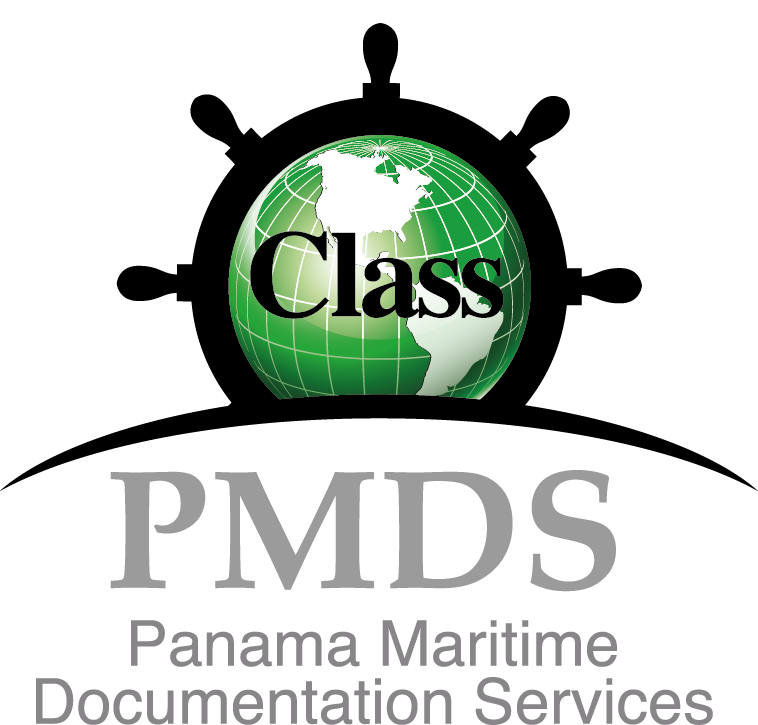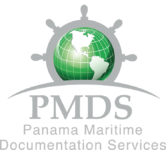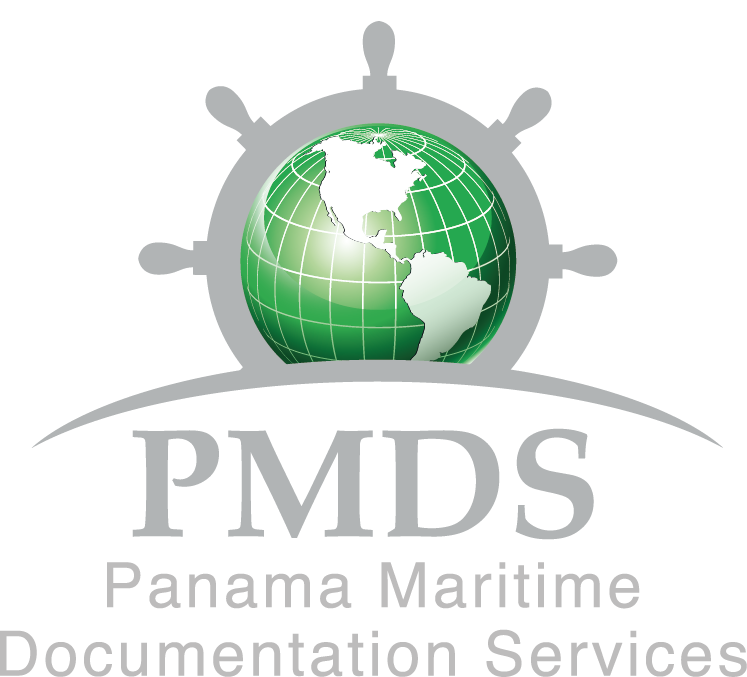
ISO 8217-2024
On May, the ISO announced that the eagerly awaited ISO 8217:2024 is now published and can be purchased from their website. This marine fuel specification standard has undergone significant revision taking the industry needs into consideration as well as most recent industry experience and knowledge.
The standard includes two new tables, one for fuels with Sulphur at or below 0.50% (ULSFO and VLSFO) and one for bio-residual fuels. New grades have been added and existing grades updated, with some less used grades being removed. Three new annexes are introduced, and existing annexes updated.
This seventh edition cancels and replaces the sixth edition (ISO 8217:2017).
..ISO highlights.
ISO 8217:2024 is an internationally recognized standard to ensure quality of fuel meets customer requirements from point of manufacturing to point of custody transfer. It specifies the requirements for petroleum fuels prior to conventional onboard treatment and focused on:
- Engine performance: Fuel must be fit for purpose
- Environmental performance: Compliance meeting regulatory requirements
- Ship safety and personnel health
This standard is used in a commercial agreement between buyer and supplier and gains only legal standing when included in vessel charter party agreements and fuel purchasing contracts.
This ISO has been reviewed through the years to incorporate significant changes. During the 2024 GREEN4SEA Athens Forum, Bill Stamatopoulos, Global Business Development Director at VeriFuel explained the evolution of fuel specifications, noticing that ‘‘since its inception in 1982 under British standards and subsequent transition to ISO 8217 in 1987, the standard has continually adapted to industry advancements.”
Following the announcement of the new standard which replaces the old version, VeriFuel commented: ”We are aware that it takes time to introduce a new standard to the market and as such we will continue to test and report to ISO 8217:2005 and ISO 8217:2010/2012/2017 as we do today for the next three months after which we will start reporting to the new standard. We will notify our clients accordingly closer to the date.”
Key Updates
CLAUSE 5
- Clause 5.1 has been updated to also include bio products
- Clause 5.2 has been updated referring to added substances and chemical species
- Clause 5.3 says fuels shall be free of inorganic acids and organic chlorides (also see clauses 6.6 and 6.17)
CLAUSE 6
- HSFO is more sensitive to chemical ageing
- VLSFO with viscosity below 200cSt @ 50C is sensitive to both thermal and chemical ageing
Also, Clause 6, and in particular 6.9, defines the applicable test methods to detect FAME. FAME content should be reported as per test method used (by mass or by volume) Suppliers can report the FAME content by blend ratio on a mass or volume basis.
Do you know what FAME is?
Fatty Acid Methyl Esters (FAME) are esters of fatty acids. The physical characteristics of fatty acid esters are closer to those of fossil diesel fuels than pure vegetable oils, but properties depend on the type of vegetable oil. A mixture of different fatty acid methyl esters is commonly referred to as biodiesel.
According to clause 6.6 ”Fuels shall be free of inorganic acids and organic chlorides”.
A fuel is considered free of chlorinated hydrocarbons when the organic chlorine content does exceed 50 ppm as per EN 14077.
With regards to Energy & Cetane index, the following are specified:
- Formula for Specific Energy does not apply to DF and RF grade. Energy content can be tested as per ASTM D240
- Cetane Index can be used for FAME grades instead of Cetane Number when CI ≥ 40
CLAUSE 9
- FAME shall meet EN 14214 prior to blending
- HVO shall meet EN 15940 prior to blending
VeriFuel informs that in case of disagreement concerning:
– density/FAME content, all parties shall agree, prior to additional testing, upon the test method to use [clause 6.1/6.9]
– sulfur content, all parties shall agree, prior to additional testing, upon the same sulfur certified reference material and for RF grades upon the reference test method [clause 6.3]
– Acid number, all parties shall agree, prior to additional testing, upon which procedure of ASTM D664 shall be used [clause 6.6]
– Cetane index, the reference test method for DF grades shall be ISO 5165 [Clause 6.19]
…the procedures specified in ISO 4259-2 for resolving the dispute and interpreting the results based on the test method precision shall be used [Clause 8].
It is worth mentioning that CIMAC, the global non-profit association promoting the development of ship propulsion, train drive and power generation, has provided FAQ on ISO 8217:2024 as well as the following guidelines, all available on their website here
Moreover, FOBAS released a version of FAQs outlining the main changes compared to previous version and key challenges ahead.
Source: Safety4Sea
For additional information contact us : corporate@panamamaritime.com

 (507) 6780-7942
(507) 6780-7942
